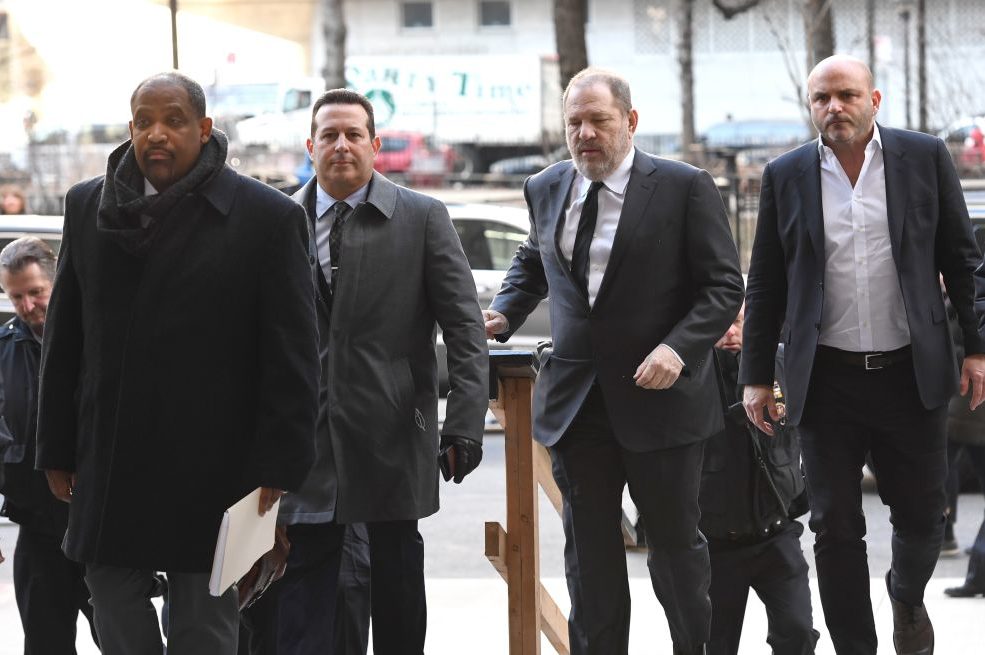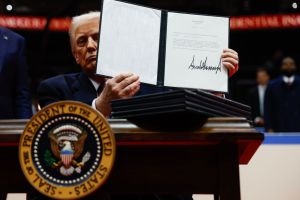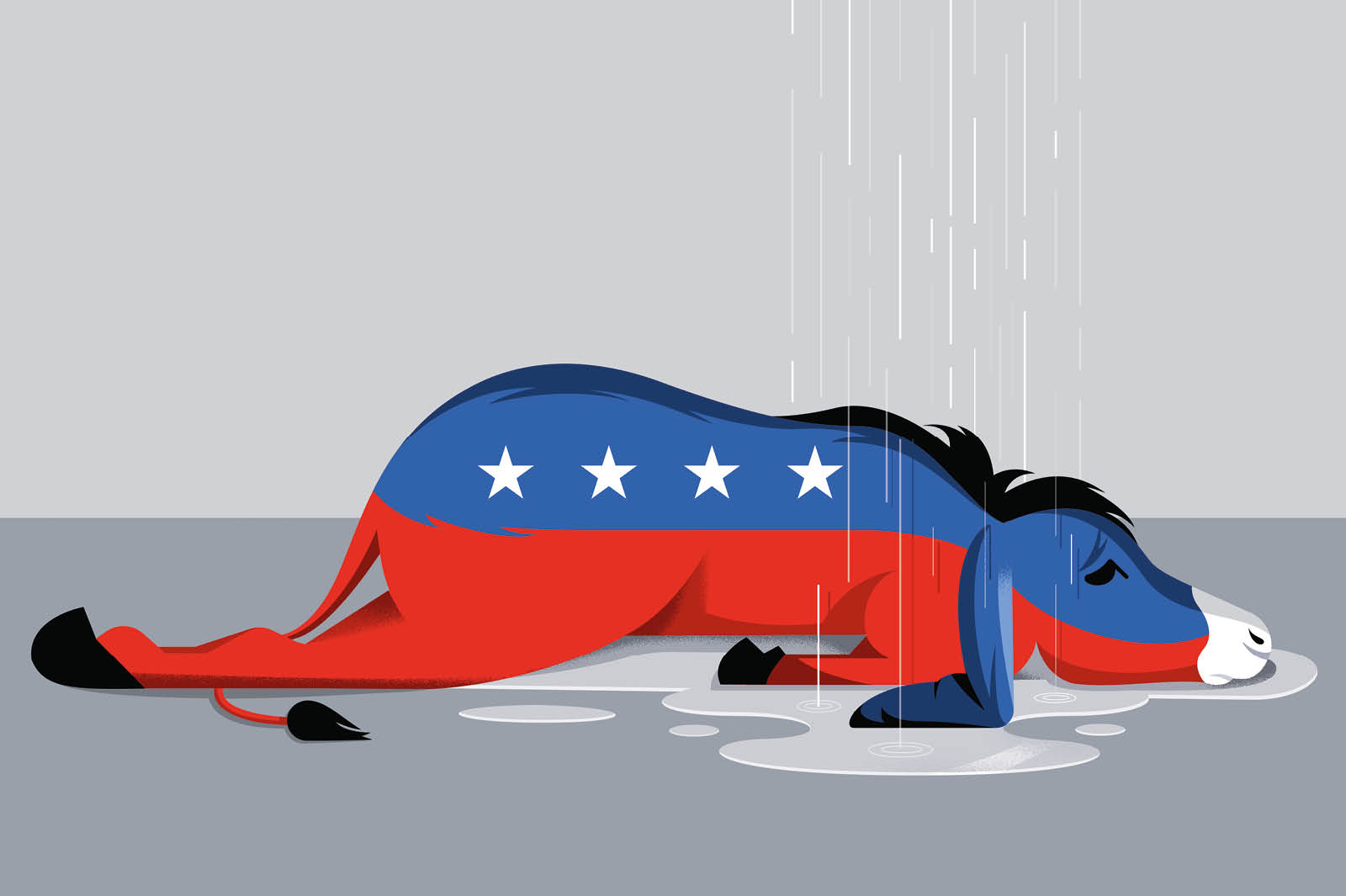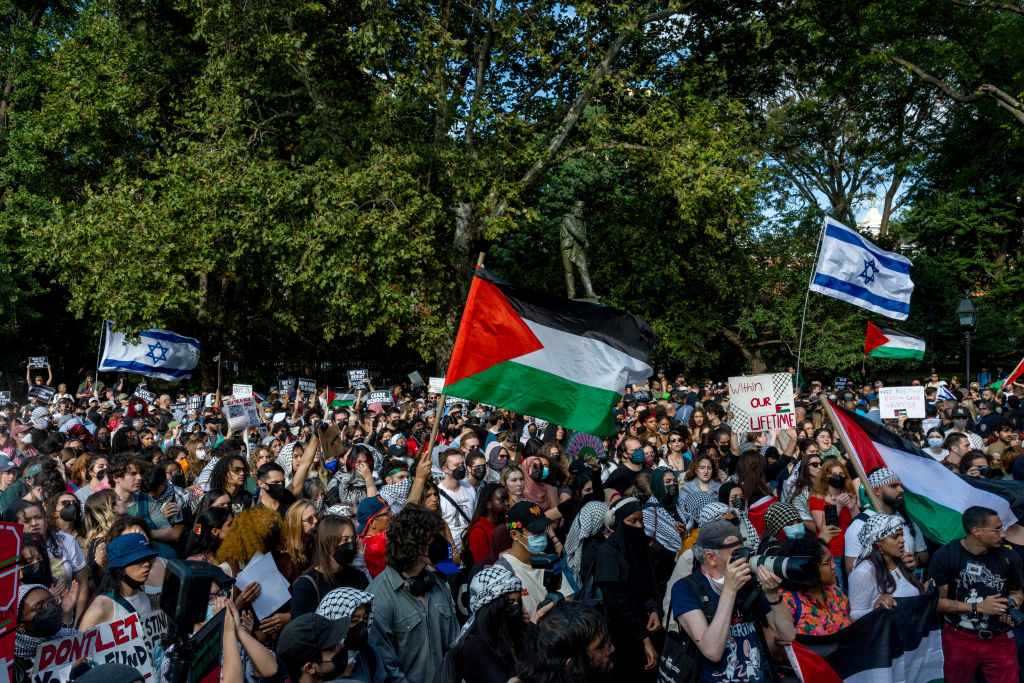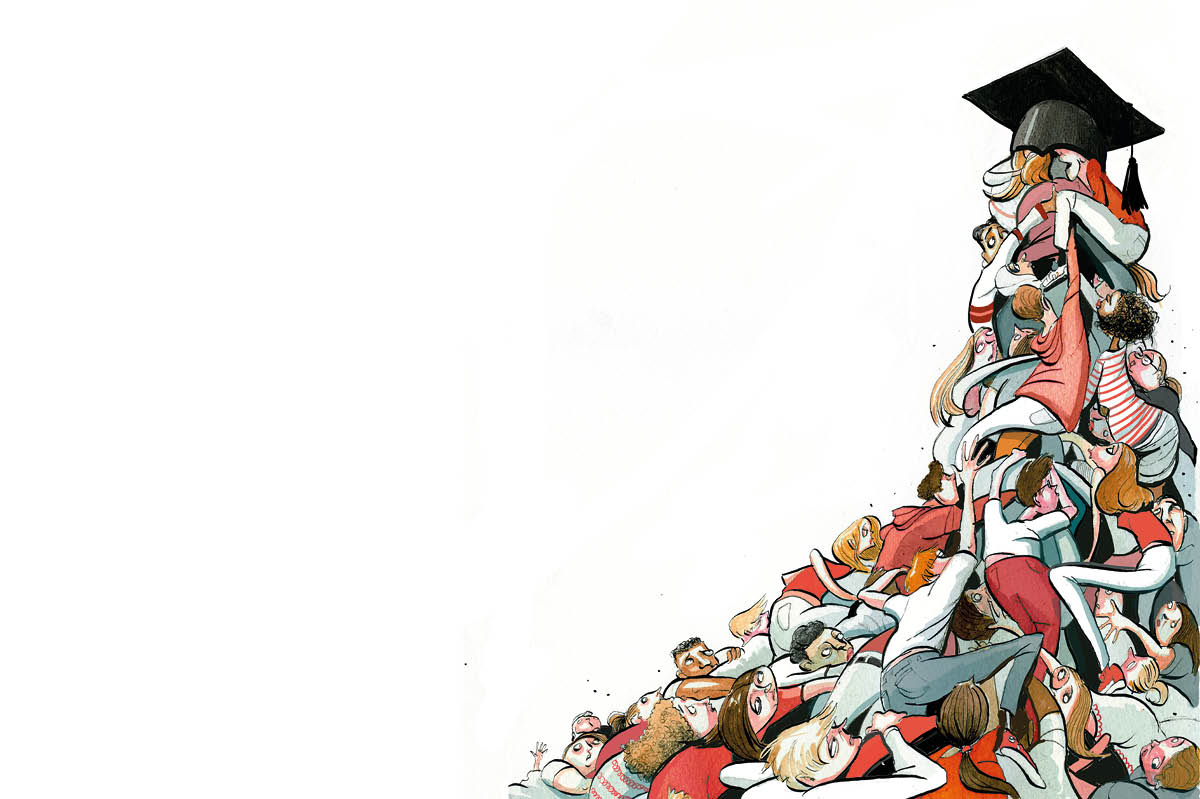This article is in The Spectator’s January 2020 US edition. Subscribe here.
‘Crisis? What crisis?’ That’s often the response of complacent academics when people like me draw attention to the erosion of free speech on campus. For instance, Lee C. Bollinger, the president of Columbia University, wrote an essay for the Atlantic last June entitled ‘Free Speech on Campus is Doing Just Fine, Thank You.’
But is everything rosy in the groves of academe? I thought I’d take this opportunity to look back on the year gone by and see if 2019 was a good or bad one for intellectual freedom in American higher education.
In the Atlantic, Bollinger points out that the Foundation for Individual Rights in Education (FIRE), a campaign group that stands up for free speech in universities, found only 11 instances of speakers being prevented from addressing college audiences in 2018. ‘This is a minuscule fraction of the universe of speakers who express their views annually on American campuses,’ he writes. Unfortunately, in 2019 FIRE found the number had grown to 17, an increase of 65 percent. Another thing to note is that ten of these disinvitations were at the behest of left-wing students and only two of right-wing activists.
Still, just 17 instances of no-platforming doesn’t look too bad. And FIRE has some other good news. It maintains a database of campus speech codes in more than 400 of America’s top colleges and universities, giving them each a red, yellow or green light. The number of institutions earning a red light last year — meaning they have at least one policy that clearly and substantially restricts free speech — fell to 28.9 percent, from 32.3 percent in 2018. By contrast, the number of institutions earning a green light — no policies that seriously imperil free speech — rose to 42, up from 35. So even though a quarter of the best schools in the US maintain codes that restrict free speech — and the majority still get a yellow light — at least things are heading in the right direction.
And we should be thankful that the federal government has finally woken up to the fact that there’s a problem, with Donald Trump signing an executive order last March threatening to withhold federal grant funding from those colleges and universities that fail to uphold free speech. Then again, the British government made a similar commitment in 2017, pledging to rescind English universities’ degree-awarding status if they don’t respect intellectual freedom. To date, it’s done nothing to enforce that edict.
But though there was some good news last year, the general outlook remains bleak. Other, more insidious forms of censorship took place that weren’t recorded by FIRE. For example, Portland State University refused to accord ‘permanent status’ to a course taught by Bruce Gilley on conservative thought because it fails to comply with the university’s ‘diversity standard’. That is, in the eyes of the higher-ups, Gilley’s course doesn’t do enough to promote ‘diversity, equity and inclusion’. At Portland State, apparently, ‘diversity’ doesn’t mean diversity of viewpoints and ‘inclusion’ doesn’t extend to teaching students about anyone to the right of Noam Chomsky.
Another sinister incident at Portland State — which is, admittedly, located in the woke capital of America — was the ‘disciplinary investigation’ of Peter Boghossian, an assistant professor of philosophy, for failing to gain the consent of his human subjects in what became known as the ‘grievance studies hoax’. Boghossian and two colleagues had sent spoof academic papers to journals with names like Gender, Place & Culture to demonstrate that these would publish complete gobbledygook provided the right postmodernist jargon was scattered throughout. They succeeded in getting four papers published, including a monograph accusing dogs of engaging in ‘rape culture’, another suggesting men could reduce their ‘transphobia’ by anally penetrating themselves with sex toys, and a rewriting of Hitler’s Mein Kampf, transforming it into a feminist tract. Of course, it’s nonsense to criticize Boghossian for failing to secure the ‘consent’ of the journal editors in question — the clue is in the word ‘hoax’. Nevertheless the professor was given the thumb-screw treatment by a star chamber of left-wing inquisitors.
More prestigious universities were no less guilty of punishing faculty members who dissented from progressive orthodoxy. At Harvard, Ronald Sullivan’s tenure as dean of Winthrop House was cut short after left-wing students protested about his decision to join Harvey Weinstein’s defense team. Another African American professor, Roland Fryer, was suspended without pay for two years after being accused of making flirtatious remarks to colleagues and creating a ‘hostile work environment’. Many of his colleagues suspect the real reason for his defenestration was that he’d published peer-reviewed research showing that blacks and Hispanics are no more likely to be shot by police officers than whites, rubbishing the inflammatory rhetoric of Black Lives Matter activists.
Then there was the appalling treatment meted out to Amy Wax, a law professor at the University of Pennsylvania, for having the temerity to argue for a more restrictive immigration policy at the National Conservatism Conference. More than 1,000 students, groups and faculty members signed a petition accusing her of being a ‘racist’ and demanding she be relieved of all teaching duties. Instead of defending Wax’s right to free speech, the dean of Penn Law, Ted Ruger, described her views as ‘repugnant’. ‘I know these statements by Professor Wax have caused pain and outrage to many in the Penn community,’ he wrote in an open letter to the protesters. ‘My colleagues and I pledge to work with you so that together we can heal, and learn from this experience and each other.’
All told, 2019 was not a vintage year for free speech on US campuses. Let’s hope things improve in 2020.
This article is in The Spectator’s January 2020 US edition. Subscribe here.



